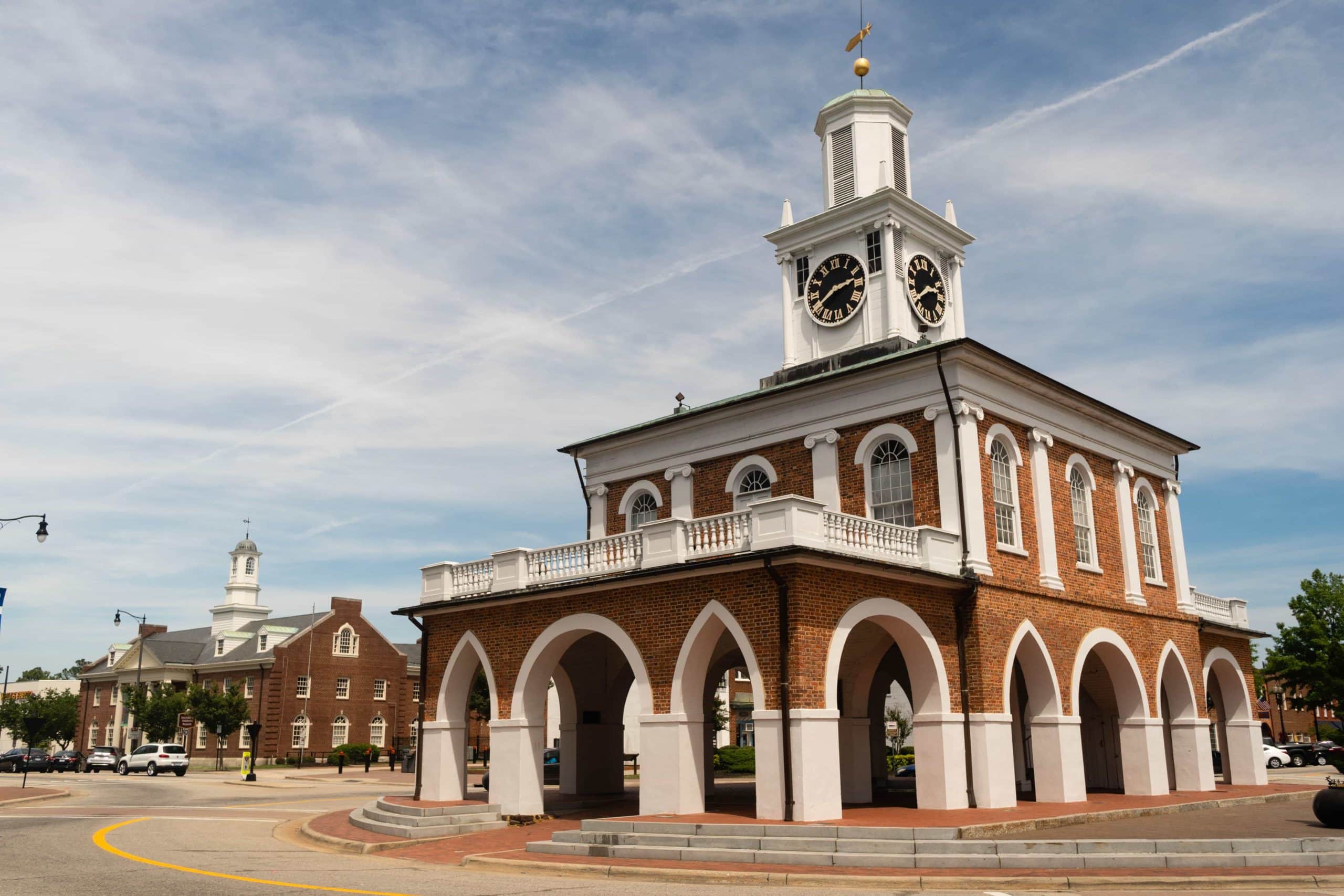When moving personal buildings, like barns or homes, there is a lot of red tape that you have to get through in order to safely and legally move your structure. When you are moving a historic landmark, the paperwork, phone calls, emails, and other requests for permission increase exponentially.
Taking charge of relocating a historic building is a weighty responsibility because of the building’s significance to a community, a state, a country, and its people. By following the five tips below, you will be better equipped to facilitate the relocation of a historic landmark.
Determine Historical Significance and Whether the Move Will Damage Its Historic Value
When charged with the task of relocating a historic landmark, you are given the responsibility to preserve a piece of history that may not be recorded anywhere except within the walls of that building. Determining the historical significance of your landmark is crucial for building awareness of your project, securing grants and funding, and adhering to guidelines.
Once you’ve determined its significance, consider whether the move will damage its historic value. Is the final site a place that honors the historical setting of the landmark? Are there factors that will damage the building or contribute to decay?
Keep in mind that relocation contributes to the landmark’s history and must be painstakingly documented for historical records.
Hire a Preservation Consultant
When relocating a historic landmark, it is very important that the move is done ethically. One of the most important factors in ethical relocation is that the structure and interior details are preserved.
We recommend hiring a preservation consultant to examine your structure before and after the move. If during the move the landmark’s structure, historic fabrics, or other interior or exterior components of the building are damaged, proper and professional documentation is crucial for historically accurate repairs.
Your preservation consultant should work closely with the mover to ensure all precautions are taken to keep the building as historically accurate as possible. Both individuals should consult with one another to determine the best course of action for the move.
Plan a Purpose for the Building
In order for the landmark to be maintained, it’s important to determine a new purpose for the building once it’s been relocated. Over time, a building’s purpose shifts and changes; but without a purpose, a building of any kind will quickly fall into disrepair.
When you move your building, make sure that it will be maintained and used within the historical guidelines that it falls under. You will have to do a lot of paperwork—and legwork—to ensure that your building is operated under these regulations, but in order to maintain its status as a historic landmark, you must adhere to these regulations, guidelines, and rules.
Factor in Costs Outside of Transportation
The costs of moving a historic landmark don’t stop at the transportation fees. Even if a building is being moved just a few blocks, you need to be aware of and plan for the costs of your entire move.
- It’s crucial to hire a structural mover who is trained in moving historic buildings. It’s worth the investment as historic buildings must be cared for in an especially careful and detail-oriented manner to preserve their historical significance.
- When you move a historic landmark, you will need to contact the utility companies in the path of the move to ensure that they will be present to move their wires as your building passes under them. Every utility company has their own method of pricing for this kind of service, and it is your responsibility as the building’s move director to organize this part of the move and to pay for it.
- At your new site, you will need to lay a new foundation. Though the landmark is old, the new foundation will need to be finished to modern codes. It is essential that all new construction, foundation included, be completed in a way that maintains the historical value of the landmark. It is here that the guidance of your preservation consultant is absolutely necessary to ensure you didn’t move the building successfully only to diminish or destroy its historical value with new construction.
Find Partners for the Building
Relocating a historic landmark is not something you should attempt to facilitate on your own. Not only is this a huge financial commitment, but historic landmarks belong to everyone. Your city or region likely has a historical society that would be thrilled to help make this a successful move.
In addition to historical groups, there might be other local organizations that are interested in helping you move the building. Merchant associations, Chambers of Commerce, and educational groups are excellent jump-off points for community support of a historic landmark relocation.
Lastly, make sure your local government is aware and supportive. A good relationship with government offices will be crucial when it’s time to navigate the laws surrounding transportation.
It Take a Village, but It’s Worth It
Relocating a historic landmark is a huge undertaking, one that can seem overwhelming and not worth the work at times. However, preserving pieces of history is crucial to knowing who we were, which shapes us into who we are. By heeding the five tips above, you can start a successful relocation of your historic landmark today.
Learn more about our historic landmark moving services.

